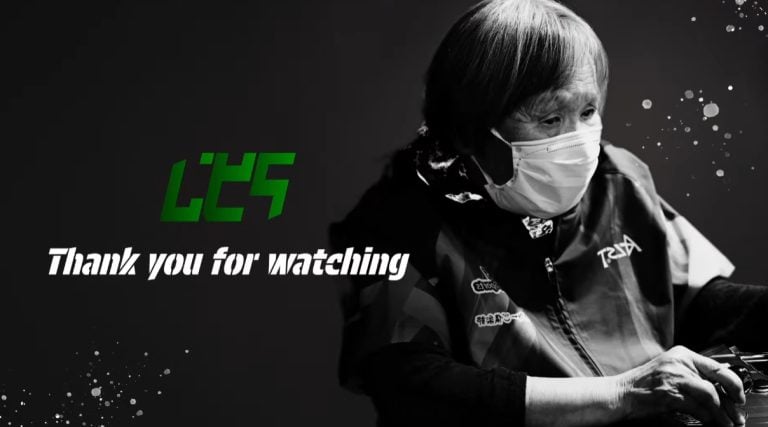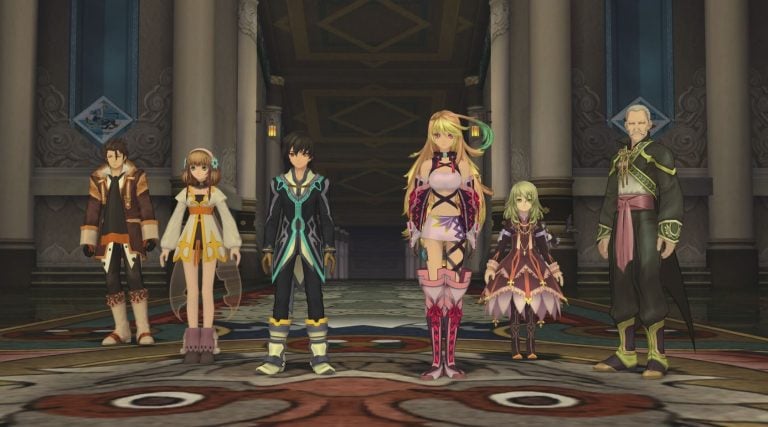In an interview with Seizo Trend published on October 5, Shuji Utsumi, Co-COO of Sega Corporation, discusses the overwhelming popularity enjoyed by the Sonic IP in the North American market as opposed to Japan, as well as tendencies in Sega-style marketing and the influence of the blockbuster Sonic films.
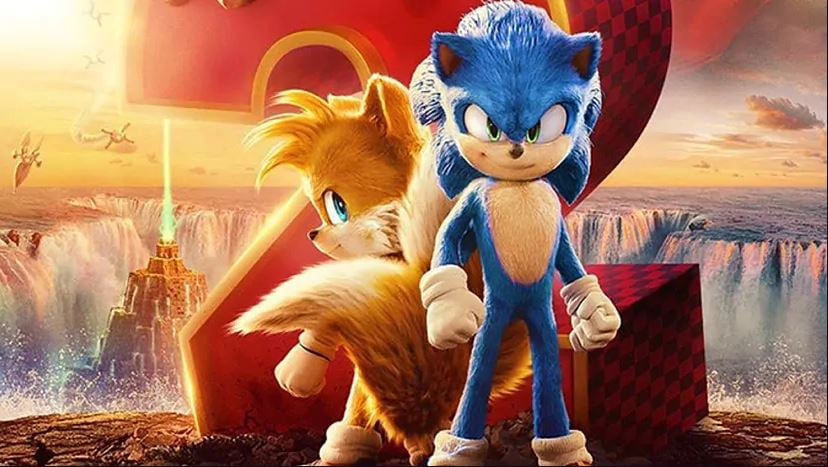
Analyzing the recent situation of Sega, Utsumi comments that Sega’s signature character Sonic is what has “saved” the company, especially in view of the success of the Paramount Pictures Sonic the Hedgehog movie (box office $319.7 million) and Sonic the Hedgehog 2 (box office $405.4 million), which significantly raised Sega’s power as a brand and opened new possibilities.
In North America, the Sonic movies were so popular that Sonic the Hedgehog 2 even topped Detective Pikachu in sales, which is quite different from the situation in Japan. Commenting this gap in popularity of the Sonic IP in North America and Japan, Utsumi mentions the Sega Genesis, released in 1988, as a factor. While this console was largely successful in the US market, it performed quite poorly in Japan, faced with the SNES and TurboGrafx-16 as rivals. Utsumi attributes the limited recognition of the Sonic IP in Japan to these circumstances.
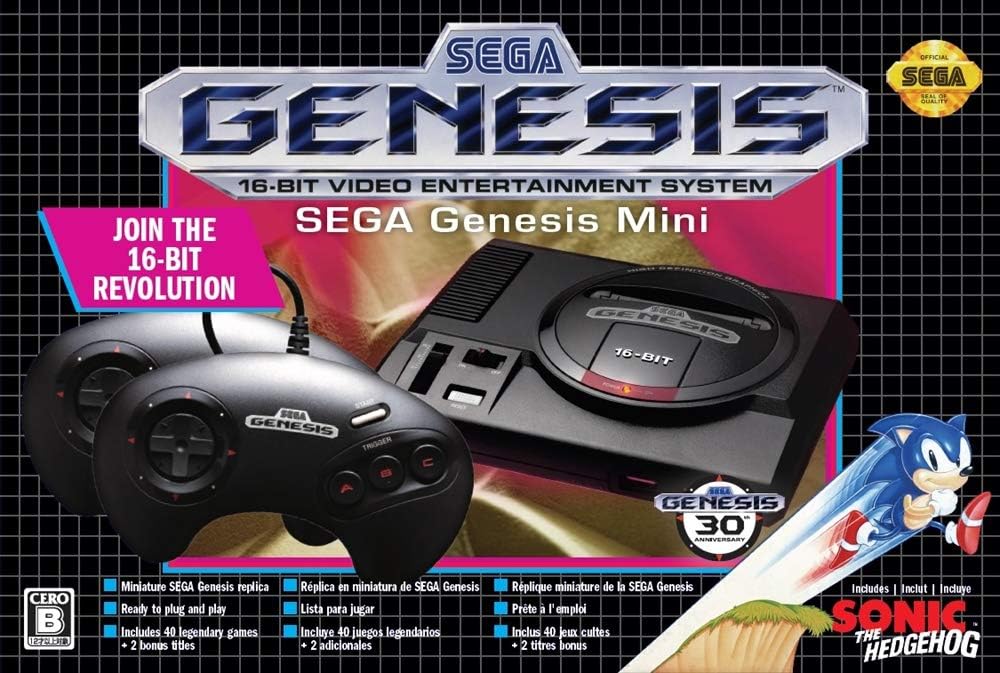
On the other hand, he mentions that in North America, Sonic has basically become the face of Sega, which was also the result of strategic targeted branding done by Tom Kalinsky during the “golden age of Sega” in the 90’s. He offers the interesting impression that, as opposed to Nintendo’s family-oriented approach to gaming consoles, Sonic and Sega formed a “slightly presumptuous, delinquent-like image,” adding that, “if Nintendo were to be compared to Coca Cola, Sega would be Pepsi.” Pursuing this “rebellious spirit” in branding is something Sega has remained conscious of, Utsumi mentions.
After the release of the Sega Saturn in 1994, things slowed down for Sega in terms of overseas hits. At the time, Utsumi had been involved in the Dreamcast project, which he realized needed marketing centered around Sonic for the US market. This is how the worldwide release of the Dreamcast came to have Sonic Adventure (1998) as its centerpiece, leading to “Sonic sales” once again rising. Utsumi mentions that, while the blockbuster Sonic movies were a culmination of Sonic’s popularity, Sonic Adventure had left a lasting impression in the period preceding them.
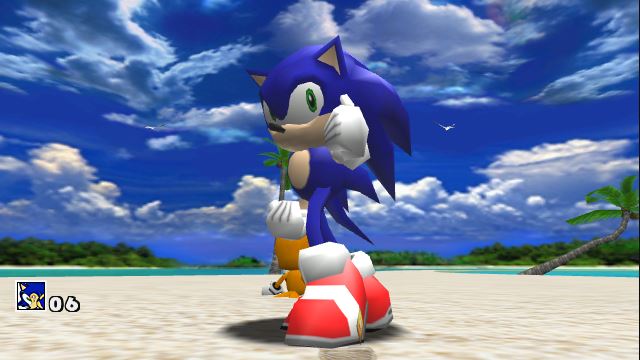
In the context of “creating hits,” Utsumi mentions some of the conditions that allowed the Sonic movies to be created and reach the level they did. He explains how the generations that grew up playing video games have gradually become active in the entertainment industry in recent times, which has led to game makers becoming more desirable and well-respected as business partners in Hollywood. This is what allowed negotiations for a Sonic movie to begin in the first place.
As for the content of the movies themselves, although Hollywood is known for taking significant liberties with source material and limited consultation with original creators, Utsumi mentions that certain circumstances led to Paramount having a very cooperative relationship with the Sega team. This was the influx of negative reactions to the first trailer of the first Sonic movie, mostly caused by Sonic’s initial design which had been deemed “creepy.” After Sonic’s design was changed based on the Sega team’s opinions, reactions were favorable, leading to Paramount listening more closely to what they had to say.

Finally, discussing the importance of creating hits in entertainment, Utsumi also emphasizes the crucial importance of distribution. In this context, he mentions that Sega has begun direct negotiations with Tech Giants, including Netflix, aiming for global distribution.




